
© WikicommonsBaiae and the Bay of Naples, painted by J.M.W. Turner in 1823, well before modernization of the area obliterated most traces of its Roman past.
There is nothing remotely Elysian about the
Phlegræan Fields, which lie on the north shore of the Bay of Naples; nothing sylvan, nothing green. The Fields are part of the caldera of a volcano that is the twin of
Mount Vesuvius, a few miles to the east, the destroyer of
Pompeii. The volcano is still active - it last erupted in 1538, and once possessed a crater that measured eight miles across - but most of it is underwater now. The portion that is still accessible on land consists of a barren, rubble-strewn plateau. Fire bursts from the rocks in places, and clouds of sulfurous gas snake out of vents leading up from deep underground.
The Fields, in short, are hellish, and it is no surprise that in Greek and Roman myth they were associated with all manner of strange tales. Most interesting, perhaps, is the legend of the
Cumæan sibyl, who took her name from the nearby town of
Cumæ, a Greek colony dating to about 500 B.C. - a time when the
Etruscans still held sway much of central Italy and Rome was nothing but a city-state ruled over by a line of
tyrannical kings.
The sibyl, so the story goes, was a woman named Amalthaea who lurked in a cave on the Phlegræan Fields. She had once been young and beautiful - beautiful enough to attract the attentions of the sun god,
Apollo, who offered her one wish in exchange for her virginity. Pointing to a heap of dust, Amalthaea asked for a year of life for each particle in the pile, but (as is usually the way in such old tales) failed to allow for the vindictiveness of the gods.
Ovid, in Metamorphoses,
has her lament that "like a fool, I did not ask that all those years should come with ageless youth, as well." Instead, she aged but could not die. Virgil depicts her
scribbling the future on oak leaves that lay scattered about the entrance to her cave, and states that the cave itself concealed an entrance to the underworld.


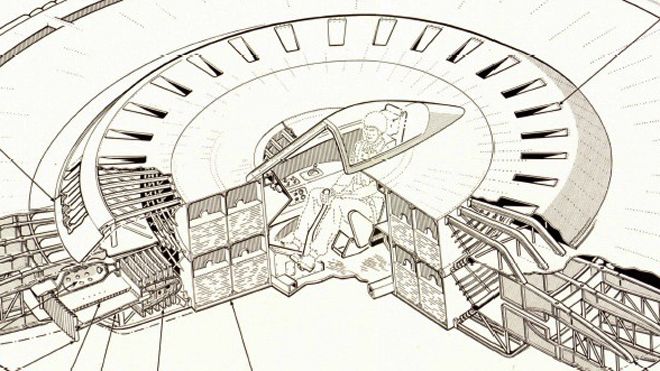
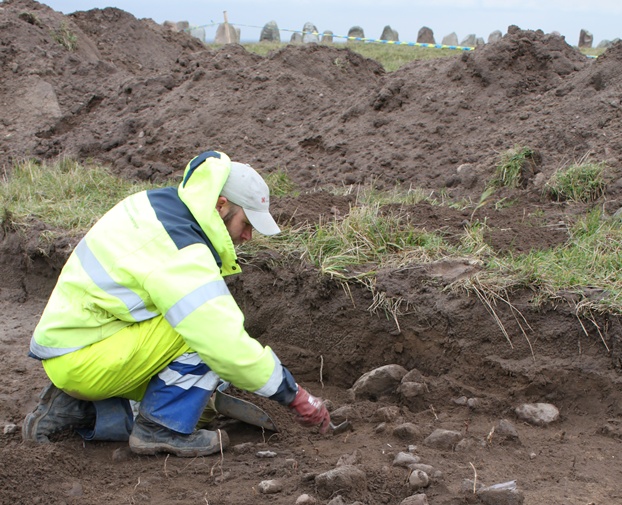
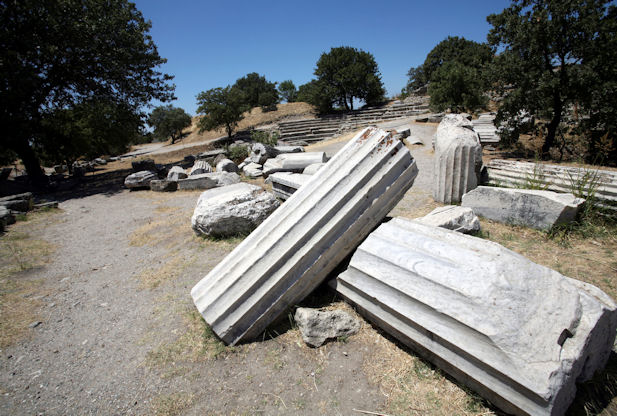
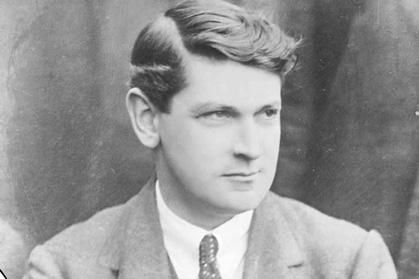


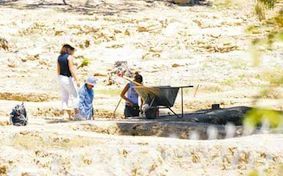
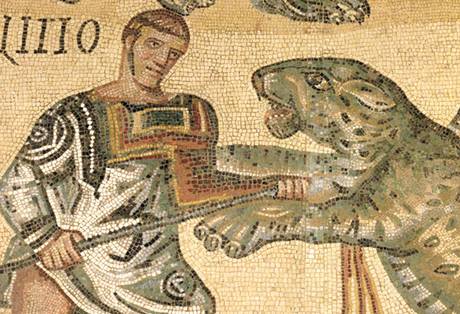



Comment: The authors seem to be doing damage control to keep the meme going that some wars are justified, even those fought only for the sake of political expediency. In the psychopathic mindset any collateral damage, including the deaths of thousands, are insignificant in their quest for power and domination. They cannot allow anyone - even historians - to question this.
Take this sentence, for example: The purpose of winning hearts and minds in Afghanistan and elsewhere isn't to win the hearts and minds of the locals 'over there', who know full well that the invading forces of occupation are the enemy. The purpose is to win over hearts and minds in the West for continued support of a war whose true purpose is to channel revolutionary discontent at home to somewhere far, far away where it can be safely disposed of. It's the same with all wars really. It has certainly proven to be the case with certainly modern wars where there is never a 'casus belli' (just cause for the war) and where both sides are funded by the same sources.